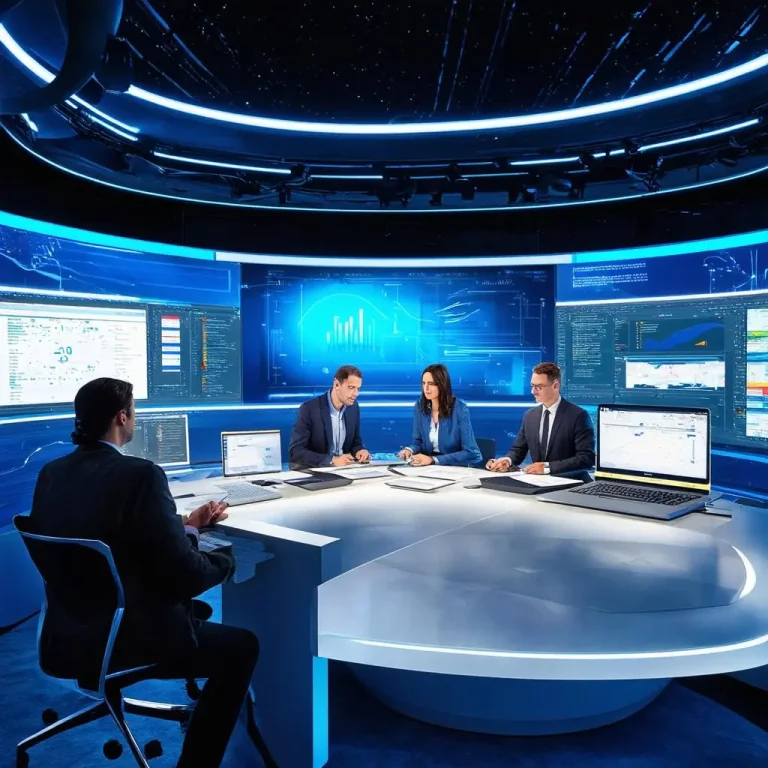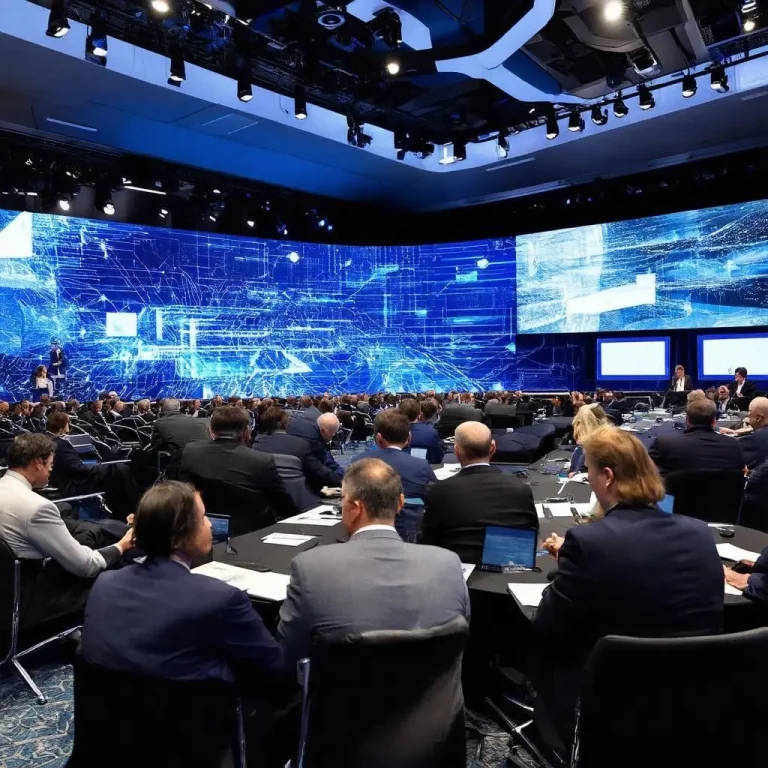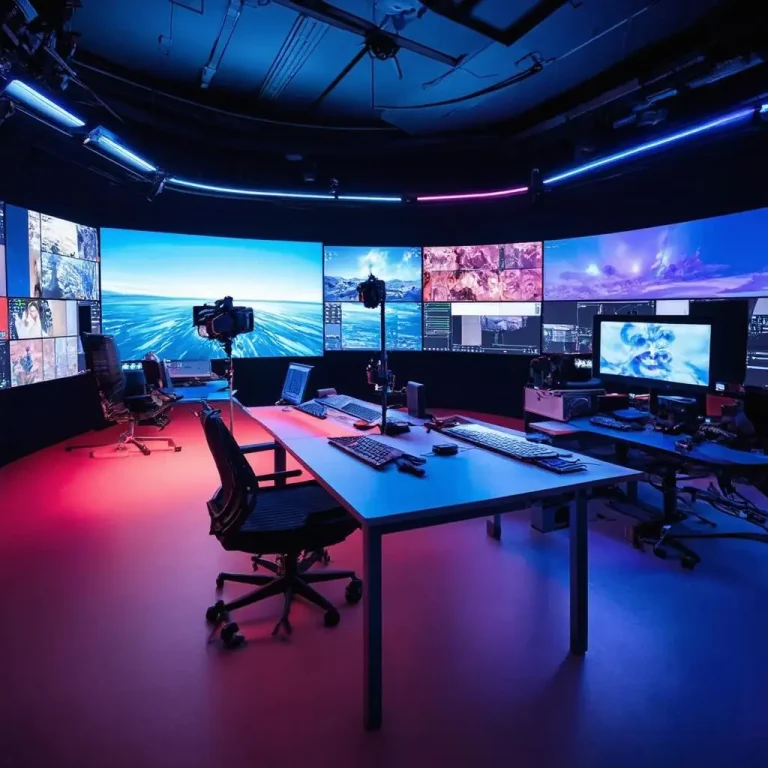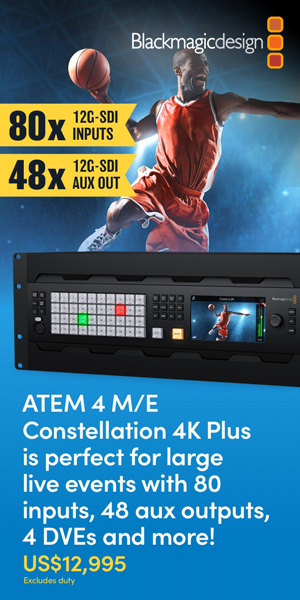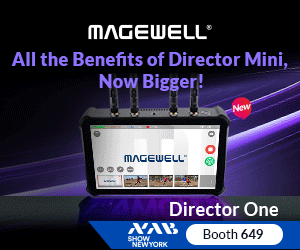While it’s true that PrimeTime Lighting products have met the demands of discriminating studio lighting designers for twenty years, providing a comprehensive portfolio of cool, energy-saving, image enhancing studio, video and filmmaking LED and fluorescent lighting instruments, that hasn’t always been the case. As you can imagine, lighting is fixed in history as an integral part of life itself. There can be no doubt that li ghting has come a long way; its importance is one of the triads of man-made fire – cooking, heating and light.
ghting has come a long way; its importance is one of the triads of man-made fire – cooking, heating and light.
After the discovery of man-made fire, the next major discovery in lighting (beyond the cooking and camp fires) was the Torch. The world of high-tech lighting was rocket-years later with development of the Sconce. People no longer had to hold the torches! Amazing! After a number of centuries admiring our own cleverness with neat inventions like this, the wheel, the lever, block and tackle, forging iron, mirrors (who is that handsome man there? – Oh wait…), sundials, the hourglass, and such-like, it was time, once again, for the art of illumination to take another step forward.
Around 1050 A.D., we find the first mention of the cresset (A metal basket filled with oil/grease/wood/pitch etc.  usually mounted on a pole, essentially a free-standing hybridization and enlargement of the torch and sconce technology) occurring in ancient texts (during the reign of William II). By 1200 A.D., this spiffy new tech was being used to illuminate late night outdoors religious ceremonies and other events/entertainments. Use of these illuminator devices spread worldwide and lasted hundreds of years; some of the structures in Colonial America used these devices for outdoor lighting.
usually mounted on a pole, essentially a free-standing hybridization and enlargement of the torch and sconce technology) occurring in ancient texts (during the reign of William II). By 1200 A.D., this spiffy new tech was being used to illuminate late night outdoors religious ceremonies and other events/entertainments. Use of these illuminator devices spread worldwide and lasted hundreds of years; some of the structures in Colonial America used these devices for outdoor lighting.
The candle had appeared in ancient china well before the Romans had the temerity to start nailing dissidents to dead trees. Due to differing levels of technology and availability of the necessary materials to make them, other parts of the world did not develop the candle nearly as swiftly. Naturally, candelabra technology would soon follow afterwards (particularly if one keeps seeing sconces and cressets all over the place). Eventually, some brilliant soul put 2 and 2 together and, by the 1450’s, we can find examples of multiple candelabras being used to illuminate indoor performances in medieval Europe.
We used these old forms of illumination for so long in our collective history that certain terms for ancient lighting are unlikely to leave our common speech. Bonfire, torch, and candle are timeless now. Outside Northern America, flashlights are often called torches or electric torches. Candlepower (CP) is still used to measure illumination by some people. Even using our modern measurements dealing in Lumens & Lux we still hear about Candela and Foot Candles.
Next followed footlights, then various advances in stage lighting, and then in 1783 the Kerosene lamp was developed in France. Its use quickly spread to other developed nations and it was adopted for use onstage prior to the end of the 18th century. The early 1800’s saw the advent of gas lighting in the theater, as well as its development for streetlights. Then came the last hurrah before the arrival of electric lighting. The limelight. The limelight was developed in 1820, by Goldsworth Gurney, an English inventor and gentleman scientist. 1836 saw its first use for public entertainment; at the time it was first introduced to the public, it was known as koniaphostic light and was used to illuminate a late performance of magician Ching Lau Lauro. A year later, limelight was first used indoors at the Covent Garden Theatre (in London). By the 1860’s, most advanced nations were utilizing limelight in theatres, playhouses and suchlike. Apparently, the term koniaphostic light was too clunky for common usage; the general public liked the sound of limelight better. They liked it so well, in fact, that the term “In the Limelight” is still used today; a century after koniaphostic light became obsolete.
 Then the use of electricity began to become more practical and Arc Lamps became the next wave in theatrical lighting, almost completely edging out limelight by the late 1800’s/early 1900’s. The Bijou theatre in Boston became the first American venue for theatrical use of Edison’s invention. In 1903, the Metropolitan Opera House in New York City was completely wired for electricity, for performer and patron alike, complete with 116 dimmer switches! This system was installed by the Kliegl Brothers Universal Electric Stage Lighting Company (now in its 118th Year).
Then the use of electricity began to become more practical and Arc Lamps became the next wave in theatrical lighting, almost completely edging out limelight by the late 1800’s/early 1900’s. The Bijou theatre in Boston became the first American venue for theatrical use of Edison’s invention. In 1903, the Metropolitan Opera House in New York City was completely wired for electricity, for performer and patron alike, complete with 116 dimmer switches! This system was installed by the Kliegl Brothers Universal Electric Stage Lighting Company (now in its 118th Year).
With the advent of Edison and his electric light came also an unexpected schism. Intricate lighting was now also required at studios, due to the appearance of motion pictures. Although some of the principles remain the same, stage and studio do have their points of divergence. A modern lighting engineer ideally has a wide variety of knowledge that includes tricks and tips from both venues.
 The next alteration in lighting to appear was the spotlight. In 1904, Louis Hartmann built and utilized a small (5” lens) spotlight, a baby lens, which used 50 watts &/or CP in the David Belasco production of “The Music Teacher.” Flash-forward 110 years, and the spotlight has radically evolved. Shown above is The GUS 41 LED Fresnel. This model is the brainchild of Gus Hutchison, a retired formula race car driver and automotive and
The next alteration in lighting to appear was the spotlight. In 1904, Louis Hartmann built and utilized a small (5” lens) spotlight, a baby lens, which used 50 watts &/or CP in the David Belasco production of “The Music Teacher.” Flash-forward 110 years, and the spotlight has radically evolved. Shown above is The GUS 41 LED Fresnel. This model is the brainchild of Gus Hutchison, a retired formula race car driver and automotive and electrical engineer. He is currently working as Chief Electrical Engineer and Director of Product Development at PrimeTime Lighting Systems (The current incarnation of Solar Kinetics, a company he founded in 1975 his product line was KW/2 light fixtures. In 2010, the company changed hands but only under the condition that Gus remain as the Chief Engineer. Despite the name change, the light fixtures remain the same ultra high quality standards and specs). The new GUS 41 LED Fresnel spotlight is light wash adjustable from 11° on full spotlight, to 80° at Full Flood. It boasts a 50,000 hour lifetime. Due to its meticulously designed heat sink, it doesn’t require a fan to operate. The spotlight produces even high-power light with minimal energy expenditure. It uses DMX 512 along with separate onboard dimming. This marvel of modern lighting is contained in an extruded aluminum body with stout dark powder coated control housing and is available in two models: 3000K or 5000K – both with 90CRI (the color rendering index for both the models – a pretty darn good CRI for an LED Fresnel!).
electrical engineer. He is currently working as Chief Electrical Engineer and Director of Product Development at PrimeTime Lighting Systems (The current incarnation of Solar Kinetics, a company he founded in 1975 his product line was KW/2 light fixtures. In 2010, the company changed hands but only under the condition that Gus remain as the Chief Engineer. Despite the name change, the light fixtures remain the same ultra high quality standards and specs). The new GUS 41 LED Fresnel spotlight is light wash adjustable from 11° on full spotlight, to 80° at Full Flood. It boasts a 50,000 hour lifetime. Due to its meticulously designed heat sink, it doesn’t require a fan to operate. The spotlight produces even high-power light with minimal energy expenditure. It uses DMX 512 along with separate onboard dimming. This marvel of modern lighting is contained in an extruded aluminum body with stout dark powder coated control housing and is available in two models: 3000K or 5000K – both with 90CRI (the color rendering index for both the models – a pretty darn good CRI for an LED Fresnel!).
Fluorescent lights were discovered by an unlikely pair of Germans in the late 1800’s. A glass blower – Heinrich Geissler, and a physician Dr. Julius Plücker. Both Edison and Tesla attempted to get in on this energy efficient path to lighting, but it was ultimately Peter Cooper Hewitt’s insight into this branch of lighting that yielded the path to the first fluorescent lamp. Inventors and innovators kept experimenting with this bright efficient form of lighting, and today PrimeTime Lighting Systems has a top flight line of fluorescent products. To the left is just one sample of the innovations of Glen Harn  and Gus Hutchison with fluorescents. The 1SL255.
and Gus Hutchison with fluorescents. The 1SL255.
This powerful fluorescent lamp lasts for 10,000 hours, utilizing 2 X 55w T5 triphosphor twin-tube lamps. This supremely adaptable fluorescent light can throw a focused beam 44° on its vertical axis, and 90° on its horizontal axis. Just aim it at whatever you plan to light up brightly (usually the performers). This light can be used to side or back fill a shot. It has a 82-85 CRI. This power efficient tool uses only 1.0 Amps at 120V. It can be linked daisy-chain style and can be non- dimming, line voltage, analog, or fully-digital DMX dimming. Available options include: honeycomb, barndoor and gelframe accessories.
Theatrical and media lighting has come a long way from these last few decades. The industry makes great gains when consummate professionals combine and co-operate with driven innovative engineers; Glen Harn and Gus Hutchison have dedicated themselves to developing and providing top of the line supplies to insure that everyone has a sharp clear picture of what’s going on around them. They have taken their skills at illumination and applied them to several different venues, taking into account the unique needs of each setting. PrimeTime Lighting Systems are cutting-edge producers of LED and fluorescent-based lighting, for the stage, studio, and beyond.
The roots of PrimeTime Lighting Systems date back to 1975 when KW/2 PrimeTime Lighting was formed, under the name Solar Kinetics, to design and manufacture advanced, cost effective, clean energy related products, including some of the world’s largest solar collection fields. KW/2 PrimeTime Lighting was selected by NASA to design and manufacture optical systems for the space station, and has performed advanced technology research and development work for several other government and private venture enterprises. From this highly technical, research driven background emerged PrimeTime Lighting Systems, Inc., a premier LED and fluorescent lighting manufacturing organization. All PrimeTime Lighting Systems products are designed and fabricated exclusively in the USA and are backed by a wealth of design and engineering credentials, as well as a 2-year warranty. PrimeTime’s products can be found illuminating broadcast and cable news sets, film production studios, video conference facilities, worship sanctuaries, religious broadcasting studios, city council chambers and distance learning classrooms throughout the United States and in some foreign countries. PrimeTime was founded by legendary race car driver and engineer, Gus Hutchison. On June 21, 2013, Dallas entrepreneurs Glen Harn and wife, Cynthia Harn acquired PrimeTime Lighting Systems, Inc. Hutchison remains deeply involved in the engineering and development of PrimeTime’s latest generation of new products. The GUS 41 LED Fresnel debuted at the April 2014 NAB Show, followed by LED luminaires in July, called the SLED Series. The new 1SLED and MSLED were heavily influenced by PrimeTime’s iconic 1SL and MSL fluorescents and feature single shadow rendering with a consistent soft light output compared to other LEDs in the industry. Although KW/2 branded lighting fixtures are still used in many studios, the company converted all brand names to PrimeTime in 2010 and the company is known as PrimeTime Lighting Systems, Inc. The light fixtures, regardless of name, are a staple for broadcast studios, videoconference facilities and worship sanctuaries and are manufactured with PrimeTime’s legendary performance, lasting durabiity and high quality. For more information, please call us direct at 214-393-5998 or dig a little deeper in our website for more illuminating details!
- Revolutionizing Post-Production: The Role of AI and Machine Learning - October 20, 2024
- From Concept to Screen: The Crucial Role of Industry Events in Shaping Broadcast Futures - October 19, 2024
- Embracing Innovation: The Future of Broadcasting - October 18, 2024





